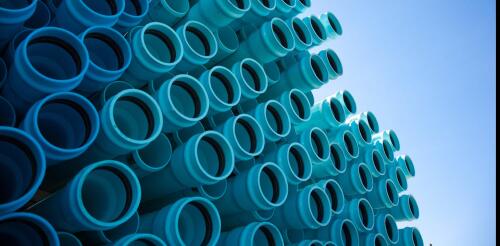PVC
Flint, Michigan, made headlines in 2015 when tests revealed dangerously high lead levels in its drinking water. The city had switched its water supply to the Flint River a year earlier, and corrosive water had damaged aging lead pipes, exposing thousands of people to lead contamination. The result was a human health crisis that residents are feeling the effects of to this day. And Flint was only the tip of the iceberg. The EPA estimates that 9.2 million service lines that deliver drinking water to U.S. homes and businesses are made of lead. The federal government considers replacing these lead pipes a top priority and has launched a variety of initiatives to help, including the 2021 Infrastructure Law, which committed US$15 billion over five years to lead pipe replacement. The EPA is now proposing to require the removal of lead pipes across the U.S. within 10 years. The agency has been silent, however, regarding what should replace lead....
Lire cet article en français Vinyl chloride – the chemical in several of the train cars that derailed and burned in East Palestine, Ohio, in February 2023 – can wreak havoc on the human liver. It has been shown to cause liver cancer, as well as a nonmalignant liver disease known as TASH, or toxicant-associated steatohepatitis. With TASH, the livers of otherwise healthy people can develop the same fat accumulation, inflammation and scarring (fibrosis and cirrhosis) as people who have cirrhosis from alcohol or obesity. That kind of damage typically requires relatively high levels of vinyl chloride exposure – the kind an industrial worker might experience on the job. However, exposures to lower environmental concentrations are still a concern. That’s in part because little is known about the impact low-level exposure might have on liver health, especially for people with underlying liver disease and other risks. As an assistant professor of medicine...

